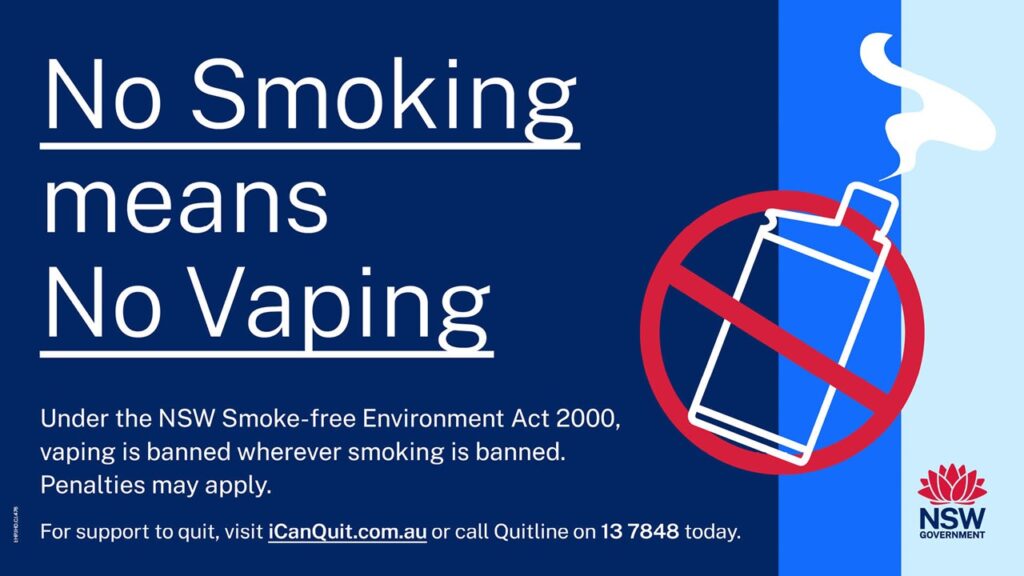Physical Activity Guidelines
The Australian physical activity and exercise guidelines for each age group with recommendations on activities to help you meet them.
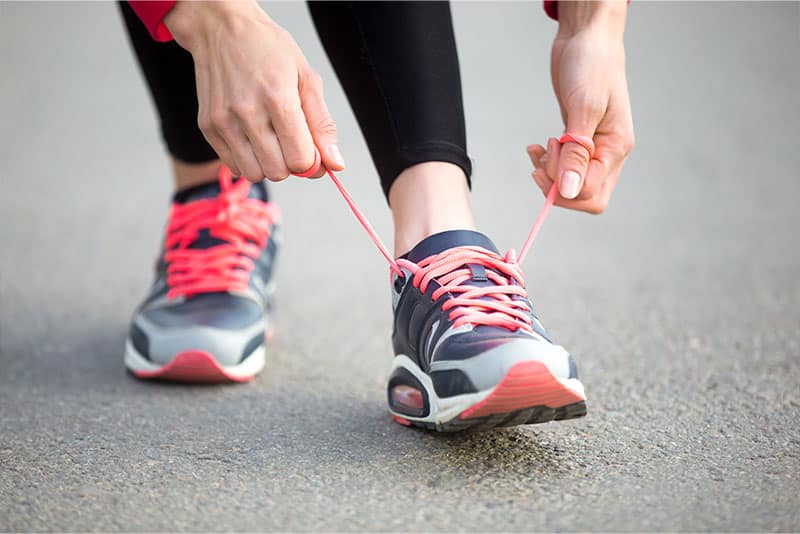
Benefits of physical activity
Physical activity or exercise provides many immediate and long-term health benefits that can improve our quality of life.
It helps us maintain a healthy weight and reduce our risk of many diseases like type 2 diabetes, some cancers and heart disease. It also gives us more energy, helps strengthen our bones, muscles and joints, and lowers our risk of falls.
Regular physical activity is also good for the mind. It can help us feel more relaxed and sleep better. Studies have also found exercise helps depression, releasing chemicals that make us feel good, like endorphins and serotonin.
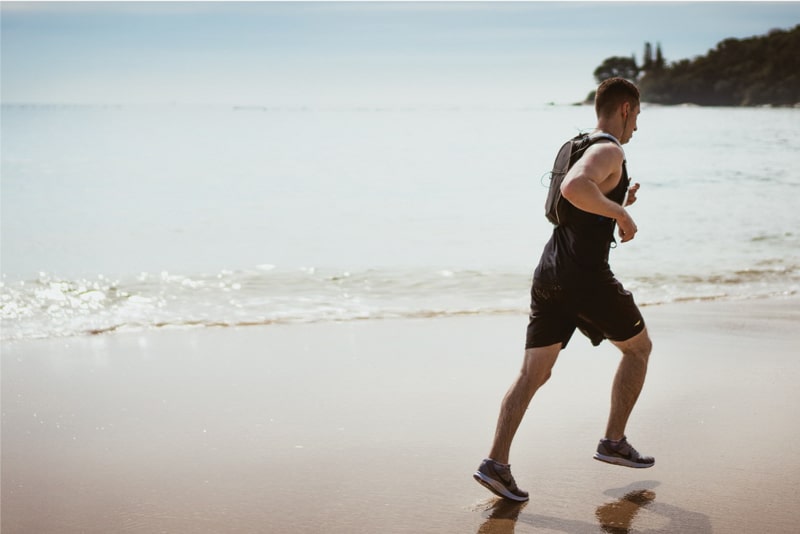
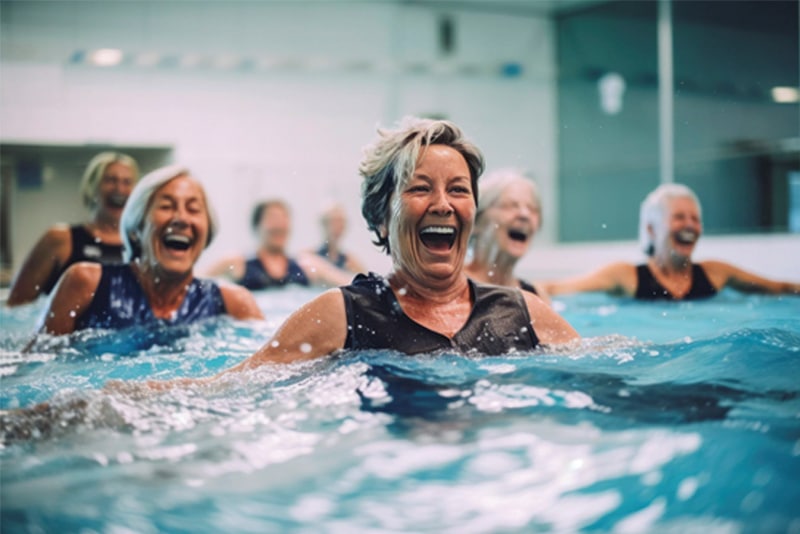
Health professionals and researchers recommend a minimum of 30 minutes of moderate-intensity physical activity on most, preferably all, days. However, doing any physical activity is better than doing none.
It is recommended you speak to a doctor before starting a physical activity program if you are aged 45 or over, have previously been inactive, or have a pre-existing medical condition.
Physical activity recommendations for different age groups
The Australian guidelines for physical activity and exercise provide the recommended amount of physical activity we need for good physical and mental health and wellbeing.
If you are unable to meet the recommendations, remember, doing any physical activity is better than doing none. If you do no physical activity right now, start by doing some, then slowly build up to the recommended amount. Every little bit helps.
Even before they can crawl, babies should be active several times a day, in various ways. This can be through supervised floor-based play, at least 30 minutes of tummy time over the course of the day, including moving their arms and legs, and reaching and grasping for objects.
Once they are mobile, it can be through crawling, pulling up to a standing position, moving while holding onto things and walking.
At least 3 hours a day, broken up throughout the day.
Energetic play through a variety of fun activities such as running, twirling, jumping, dancing and skipping.
At least 3 hours a day, broken up throughout the day.
Include 1 hour of fun, energetic play such as running, kicking, throwing, jumping, dancing and skipping.
At least 60 minutes a day of moderate to vigorous physical activity that makes your heart beat faster. This can be in one session or several shorter ones throughout the day.
On at least 3 days, this should include vigorous activities and activities that strengthen muscle and bone, such as running, climbing, push-ups, sit-ups, lifting weights and yoga.
Adults should ideally be active every day. Each week they should at least do either:
- 2.5 to 5 hours of moderate-intensity physical activity. This is activity takes a bit of effort and makes you huff and puff a little such as brisk walking, mowing the lawn, vacuuming, golf, dancing, tennis, swimming or cycling;
- 1.25 to 2.5 hours of vigorous-intensity physical activity such as jogging, aerobics, fast cycling, soccer or netball; or
- an equivalent combination of moderate and vigorous activities.
On at least 2 days, this should include muscle-strengthening activities such as push-ups, pulls-ups, squats or lunges, lifting weights or household talks that involve lifting, carrying or digging.
At least 30 minutes of moderate-intensity physical activity on most, preferably all, days.
If you find 30 minutes difficult at first, start with just 10 minutes once or twice a day. After 2 weeks, increase to 15 minutes twice a day.
If you can do more than 30 minutes, you will get extra benefits.
Over the course of the week, try to incorporate different types of activities.
Try to reduce the time you spend sitting down – break that time up as often as you can.
If you and your baby are healthy, aim to meet the guidelines for adults. This means being active most days, preferably every day, to a weekly total of either:
- 2.5 to 5 hours of moderate-intensity physical activity;
- 1.25 to 2.5 hours of vigorous-intensity physical activity; or
- an equivalent combination of moderate and vigorous activities.
On at least 2 days, this should include muscle-strengthening activities such as light resistance training or bodyweight exercises.
Other pages you might be interested in

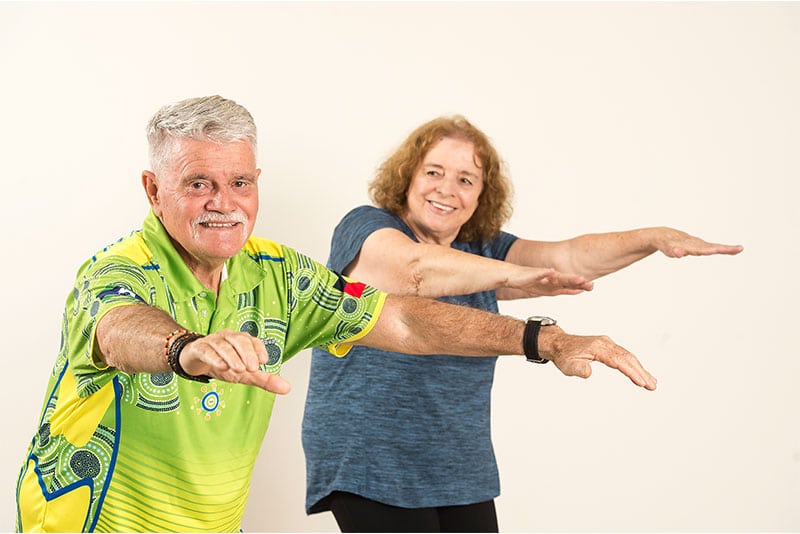
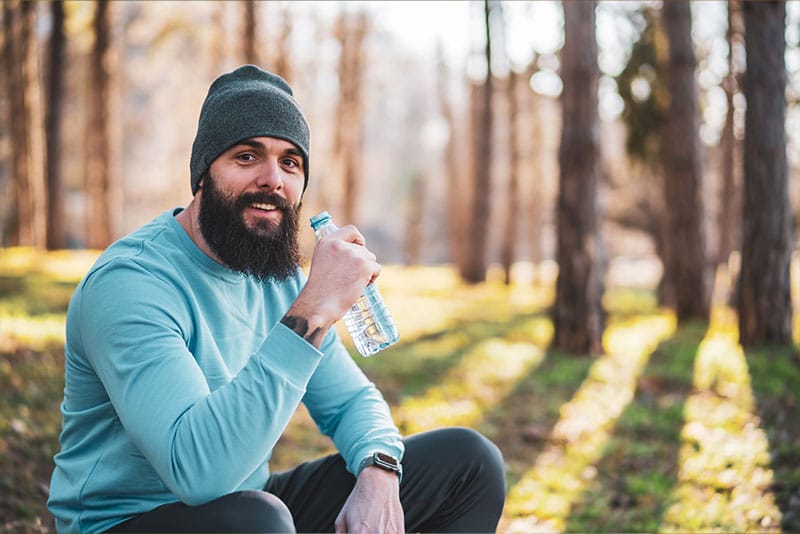
Latest News
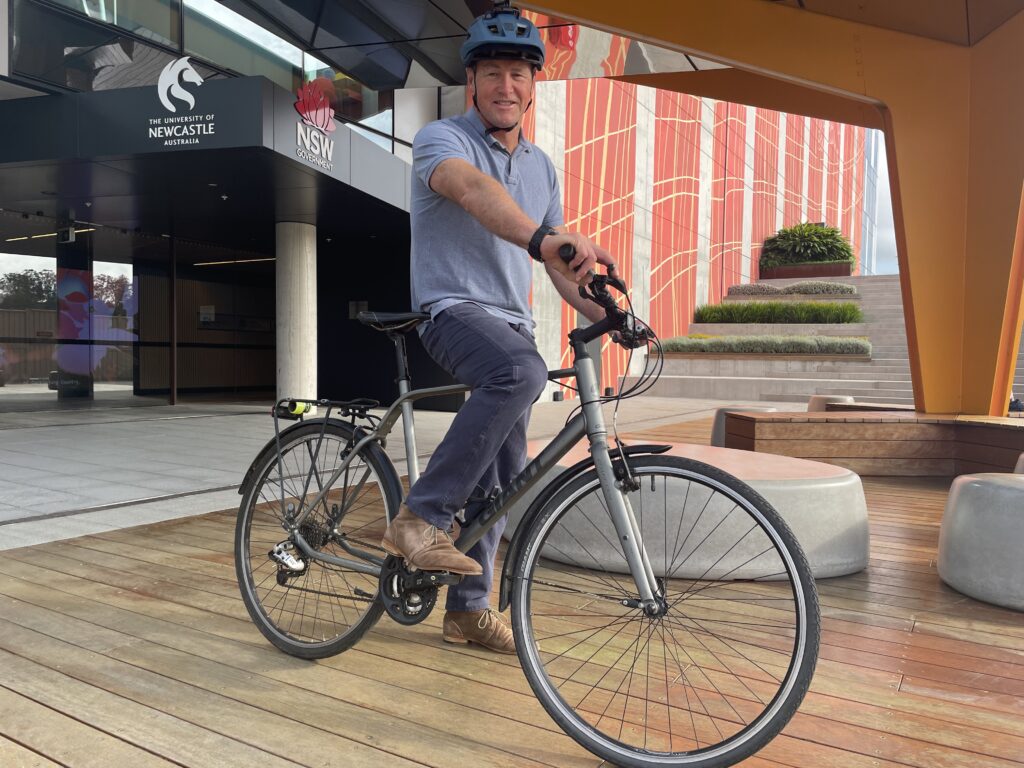

Preschool children to get moving like our champion Mariners
